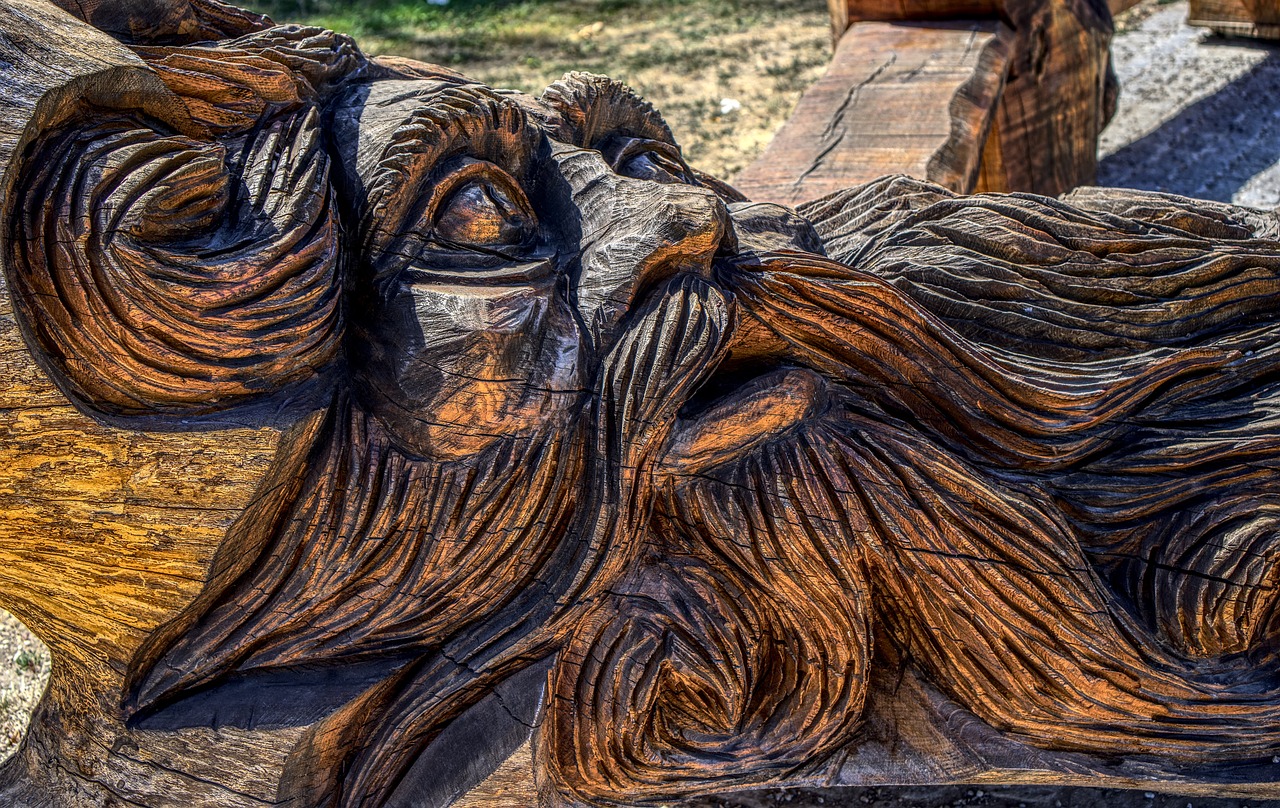Neptune: A Glimpse into Celtic Divinity
On the first day of December, coinciding with the new moon, ancient Romans paid homage to Neptune, albeit his following was considerably lesser compared to that of Poseidon, the Greek maritime deity. Intriguingly, Neptune, despite being less favored in Rome, was celebrated with two annual festivals.
Neptune, known as Nechtan in Gaelic, Nodens in Brythonic, and Nuada in Gaelic, is rooted linguistically in the proto-Indo-European god Xákwōm Népōt, or Neptonos. Xákwōm Népōt seemingly guarded a mystical well with fiery waters, which held associations with magic, wisdom, and prophecy, particularly evident in medieval Irish literature. His name, typically interpreted as “Uncle in Water,” likely conveys the significance of his dwelling place, highlighting a divine connection to water and its transformative properties.
The associations among these deities hint at a broader network of beliefs across Indo-European cultures, with symbols of immortality linked to drinks cultivated from the land, such as the legendary ale provided by the smith god Goibniu or nourishing offerings during royal ceremonies.
For those wanting to explore worship of Celtic deities lacking dedicated festivals, the Roman Imperial calendar may serve as a useful guide. The Romans had a considerable influence over the Celtic tribes, and there were instances where Celtic gods were correlated with their Roman counterparts. Yet, the Celts maintained unique interpretations, adapting the deities in ways that reflected their own cultural identities.
Key Celtic Deities
Nechtan (pronounced NEK-tan)
Renowned as the Gaelic guardian of the Well of Wisdom, Nechtan presides over a sacred site adorned with nine flourishing hazel trees, whose nuts symbolize profound knowledge. Those who partake of the waters or consume the fruits of the well are said to gain immense wisdom. Nechtan and his three female cup-bearers are the only ones permitted access. Their role was critical in court life, ensuring that the sovereign’s drink remained untainted. In various tales, his significance becomes intertwined with the goddess Boann.
Boann (pronounced BO-an)
As a prominent figure of the Tuatha De Danann, Boann is a divine symbol of fertility and abundance, often associated with the sacred significance of cows within Indo-European traditions. There are varying accounts of her relationships, where she is sometimes intertwined romantically with the Dagda, another deity. Her story unfolds as she seeks the Well of Wisdom, with tragic consequences stemming from her actions, leading to the creation of the River Boyne, a vital waterway in Ireland that embodies her essence.
Nodens (pronounced NO-dense)
A primordially significant Brythonic deity associated with hunting and healing, Nodens shares lineage with figures like Nudd and Llud. His mythology is enriched with concepts of catching illness and disease along with the healing practices found in ancient temples like Lydney Park. His sanctuary featured aquatic motifs and animal representations, suggesting a strong bond between the divine and the natural world.
Nudd and Llud
As evolutions of Nodens, Nudd (pronounced Neeth) is renowned for his lineage, notably as the father of the ruler of Annwn, Gwyn ap Nudd, whereas Llud is famed for his connections within the Welsh mythos. These figures embody varied aspects of governance, love, and rivalry within Celtic narratives, despite later Christian interpretations shaping their stories.
Nuada (pronounced NOO-adh-a)
An early king of the Tuatha De Danann, Nuada’s valor and loss resonate through narratives of battles and transformations. His encounter with the Fir Bolg and the subsequent loss of his arm, which was replaced with a silver prosthetic, reflects his duality as both a warrior and healer. His legacy illustrates the complex layers of Celtic deities, where themes of sovereignty, identity, and resilience interweave.
Crafting a Ritual
For practitioners looking to honor these deities, an introspective practice in late November might involve fasting and purifying oneself in preparation for a ritual. Engaging with a well or water source can symbolize the connection with the divine. Utilizing natural elements such as beeswax candles or sacred symbols can create an atmosphere conducive to reflection and communion.
The preparation may include cleansing not just the surroundings but also personal space, utilizing non-toxic materials, emphasizing a return to natural remedies and self-care. The aim is to align oneself with the principles of purity and respect deeply embedded within Celtic spiritual traditions.
In summary, engaging with the legacy of Neptune and the intertwined Celtic deities offers a profound way to connect with ancient beliefs that still resonate today.



